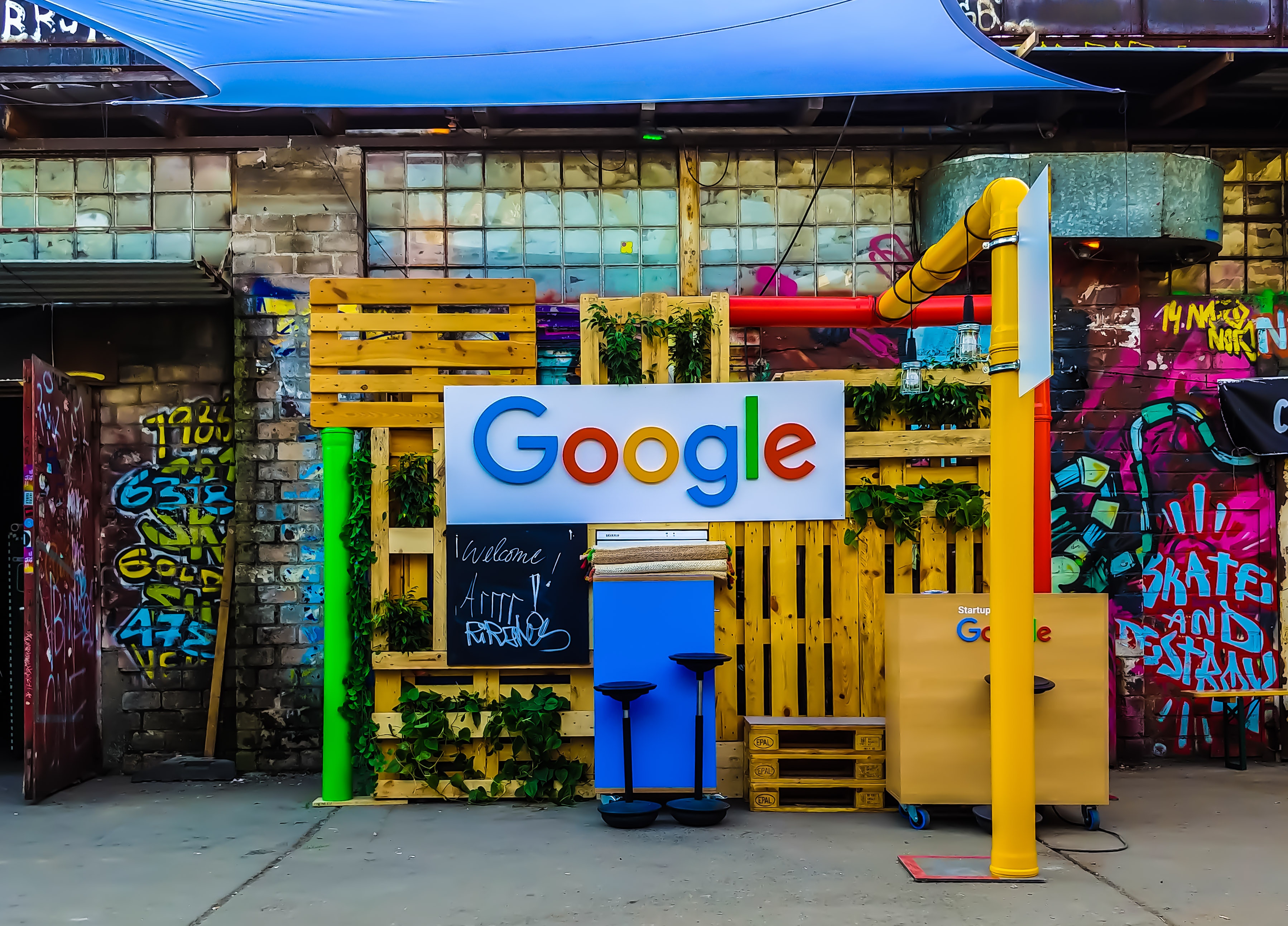
How to Make Images SEO-Friendly?
When we talk about search engine optimisation (SEO), we do not usually discuss the use of images. We are usually focused on text, keywords, backlinks, and other high-profile factors. However, with the right strategy, images can also play a role in making your website more appealing to search engine crawlers.
In this blog post, we are going to share a few tips on how to use your images for achieving a better engagement rate and higher search engine rankings.
1. Use only high-quality and original images
While using a stock image is often the quickest and easiest way, you should avoid that route as much as possible. Instead, only use high-quality original images in your blog posts and other online content.
Why?
First, you stay away from any potential copyright issues — which may impact your website traffic and credibility.
Second, original images — that are contextual and of high-quality — provide a better experience for the user. With high engagement rate, on-page time, and greater virality and shareability — coupled with other positive signals — you improve your chances of ranking higher for relevant searches.
Furthermore, original, high-quality images also help tremendously with brand awareness — which may lead to more direct traffic.
2. Don’t let images slow down your website
This is extremely important. The loading speed of your website is an important search engine ranking factor now, and its importance is not going anywhere.
The more images you use, the slower your web page gets. But that doesn’t mean that you should not use any image.
Therefore, the idea is to use as many images as needed and compress them to a reasonable size, so they don’t affect the loading speed of the web page.
Use free tools like Google PageSpeed Insights, Pingdom, and GTmetrix to find the loading speed of your web pages — especially the ones with high traffic volume and the ones you want to improve rankings in the SERPs.
Find a point of lossless compression and reduce image file size without compromising on quality. To learn more about improving the loading speed of your website, read our free guide.
3. Are you using captions?
Do you use captions for each image?
Not many content marketers think about it. While captions are excellent for providing more context to the readers, they are also a great way to include relevant keywords in your web page.
With the right strategy, you can include the primary keyword(s) that you want to rank a particular web page for as well as other LSI keywords — all while explaining the image and keeping it relevant to the blog post.
Moreover, a lot of readers like to read captions as they have the power to grab the reader’s attention. According to a study, readers are 300% more likely to read an image caption than the body text.
High engagement means more on-page time and other positive signals to the search engine crawlers.
4. Be strategic with alt text
Alt text is considered an essential part of optimising images for SEO and making them more search-engine friendly.
As you know, search engines can’t understand what an image is about — not yet, at least. That’s why search engine crawlers rely on text (the alt text) to understand the image.
If there is no alt text, the search engine bots can’t identify the image. If an image isn’t loaded for the reader (because of any reason whatsoever), the alt text also comes handy in that case.
5. Leverage the power of infographics
Infographics receive up to 25.8% more backlinks than videos and how-to posts that so many content marketers seem obsessed about.
Infographics also generate approximately 2.3x more social shares than how-to blog posts.
Both of these studies reveal how powerful and engaging infographics can be. By converting your images into full-fledged infographics, you are more likely to rank higher in the search engine results pages (SERPs).
Final words
Images are a vital part of any type of website content, especially in blog posts. By using the tips mentioned in this article and with the help of the right strategy, you can use images to help you with your search engine rankings.








